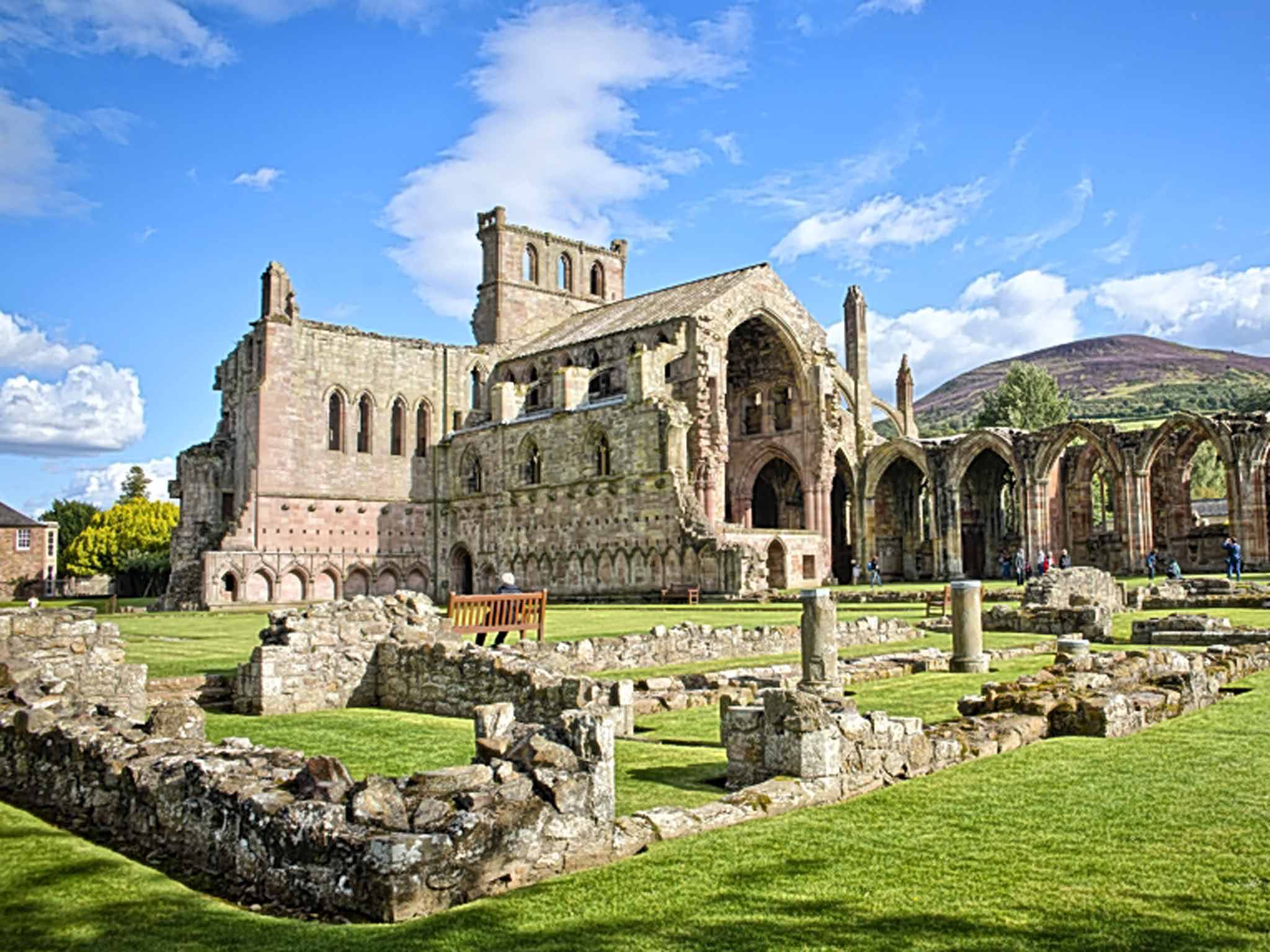New Scottish Borders Railway, flight safety, and the wrong kind of platform
The man who pays his way

One of the more amusing aspects of being the longest-serving monarch in British history, I imagine, is the circularity of the travel industry. In 1955, you open a terminal at Heathrow that is said to represent the future of flying. Fifty-three years later you turn up at the same airport for a repeat performance, and are too polite to note that the first one you opened is no longer considered fit for purpose and is shortly to be flattened.
Likewise, after giving Royal Assent to the Transport Act 1962, which led to the wholesale destruction of the rail network, half a century later you are invited to open a revived line.
On Wednesday, the Queen re-opened the Borders Railway. It curls elegantly through the countryside south of Edinburgh. And VisitScotland implies you can step from platform to compelling tourist draw. Its press release promises that along the route you will find "Rosslyn Chapel made famous by The Da Vinci Code, Abbotsford House – the home of Sir Walter Scott, the popular National Mining Museum Scotland and breathtaking Melrose Abbey".
It's not quite that easy. Agreed, the mining museum is a brisk 10-minute walk from Newtongrange station. But to reach the mystical 15th-century Rosslyn Chapel from Eskbank station involves a taxi fare of £25, so seek some Dan Brown pilgrims with whom to share the ride.
The main thing to be said about Stow, two stations along, is its name – correctly. Rhyme it with "tow" at your peril; the Scots village, unlike its English namesake in the Cotswolds, rhymes with "now".
The train I took included a Sir Walter Scott lookalike. The author of the Waverley novels, for which Edinburgh's main station is named, resided at Abbotsford – about a mile from the large car park on the outskirts of the village of Tweedbank, where the Borders Railway abruptly terminates. I brought a bike onto the train in order to continue two miles further to Melrose, home to a fine ruined abbey and an unruined station – which is now the Monte Cassino pizzeria (motto: "come as a stranger, leave as a friend").
The steps up to the platforms still exist, but if you follow them you find yourself beside the A7 trunk road rather than on the next train to Edinburgh or Carlisle. At present extending the line is not on the menu (unlike the house speciality, Miseria e Nobilita – pasta, aubergine, mozzarella, tomato and basil, £10.90). Let's hope that tourists and locals use the revived stretch of the Borders Railway in such large numbers that the whole line between England and Scotland will re-open by the time the Queen's platinum jubilee comes around in 2022.
Safe pair of hands
Even in its truncated form, the Borders Railway is predicted to prevent six road accidents a year by enticing motorists off the A7; rail is more than 20 times safer per mile than driving. Flying on a UK airline is also incredibly safe, with no fatal accidents involving British Airways for 30 years. The fire aboard a BA 777 in Las Vegas this week looked scary, but what was even more alarming was the sight of some passengers lugging cabin baggage while fleeing the burning plane. Next time you fly, pay attention to the safety briefing.
Wrong kind of platform
Elsewhere on the rail network this summer, train operators have devised novel ways to infuriate paying passengers. I have written about the exquisitely punitive scheduling on First Great Western during last month's strikes: shuttle trains from Bath were timed to arrive at Bristol Temple Meads exactly one minute before the express to London departed, with passengers who sprinted down the steps, through the subway and up more steps to the waiting train finding the doors already locked.
In the event that you manage to get on a train, the adjacent operator South West Trains may have a jape in store for you. Some of its stations have short platforms. The operator also runs long trains. The doors of carriages that don't fit the station stay locked. Automated announcements warn passengers in advance to move to a a carriage where the doors will open. In theory.
On a train at Syon Lane, a leafy station near Heathrow, I was one of a dozen passengers who tried to get off – only to find the doors locked closed, because the carriage was not at the platform. It accelerated away to the next station along, Isleworth, where the same pantomime was repeated. While some passengers could race through the train to reach a carriage where the doors were open, I was encumbered as usual by a bicycle and could not.
I finally escaped the train at Hounslow, and emailed South West Trains to suggest the firm keeps passengers better informed. Three weeks later, the train operator responded. The firm said it did not know how often the problem arises. But in the course of its response, I learned there is a verb – "to overcarry" – to describe the issue. So I suspect it happens quite a lot.
South West Trains even has a published policy about how to treat passengers who fall foul of the phenomenon: "Should the customer be unable to alight the train due to lack of information and be overcarried beyond their destination, please be assured they will be permitted to alight the train at the next station and board the next available train to their intended destination."
In other words: if we keep you trapped on a train, we won't nick you for fare-dodging while you travel back to where you wanted to get off.
Join our commenting forum
Join thought-provoking conversations, follow other Independent readers and see their replies
Comments